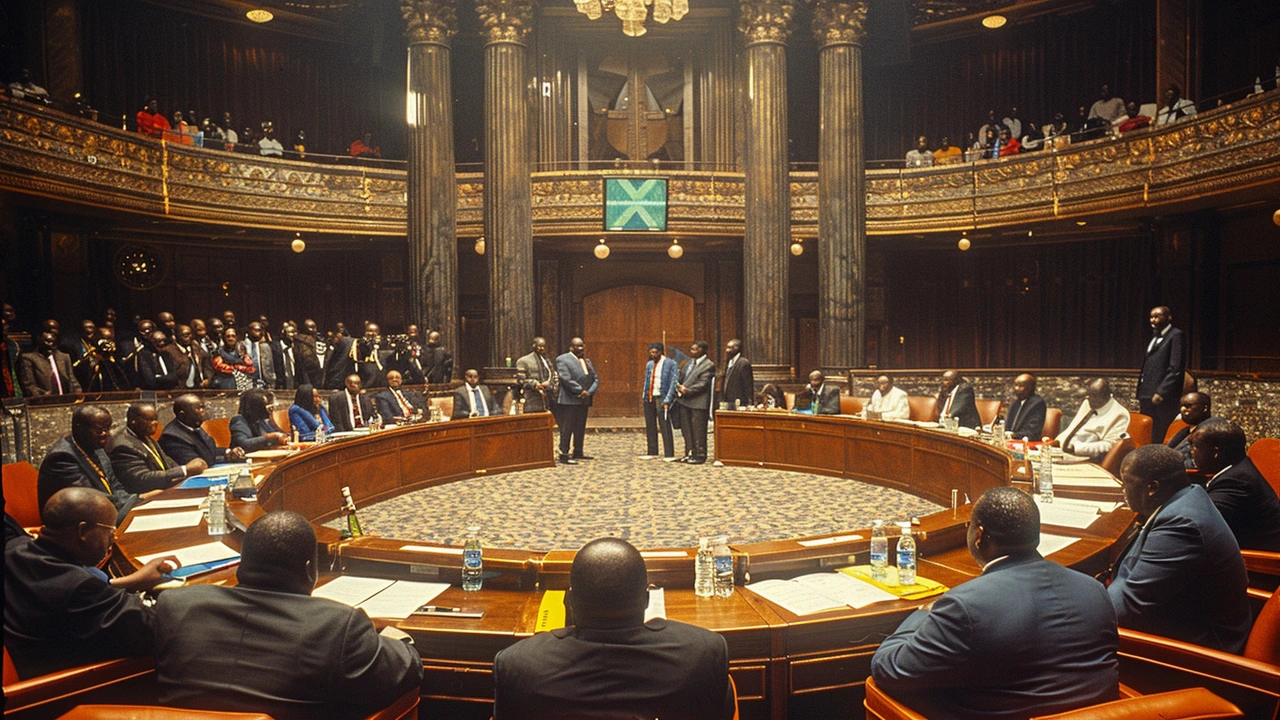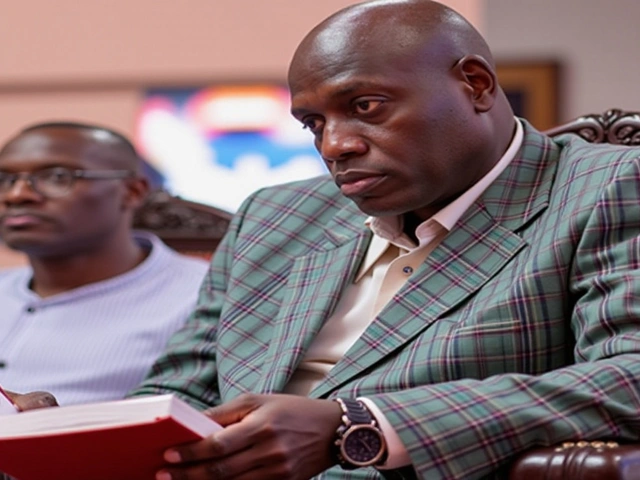
Finance Bill 2024: MPs Urge Zero-Rating for Medical Oxygen Equipment to Improve Accessibility
Members of Parliament in Kenya are making a strong case to zero-rate medical oxygen equipment within the upcoming Finance Bill, 2024. This move is driven by a pressing need to ensure that Kenyans have access to vital oxygen services at more affordable prices. The motivation behind this recommendation is deeply rooted in a recent, revealing study by the African Population and Health Research Center (APHRC) and the Institute of Public Finance.
The study's findings highlighted a critical deficiency in medical oxygen supplies across hospitals in Kenya's 47 counties. It attributed the shortage primarily to the significant tax burden currently imposed on such essential medical equipment. The data indicated a striking disparity in the availability of medical oxygen facilities, which is particularly alarming given the life-saving nature of oxygen in patient care.
The State of Medical Oxygen in County Hospitals
According to the research, a staggering number of hospitals reported a lack of medical oxygen installations, which can be directly linked to the burdensome tax policies. This is a dire situation that the MPs are keen to address. The lack of medical oxygen is not just a logistical issue; it directly affects patient outcomes, especially in critical care scenarios where oxygen can be the difference between life and death.
Moreover, the analysis pointed out a significant shortfall in staff with the technical expertise required to operate and maintain medical oxygen equipment. This adds another layer to the crisis, as even when the equipment is available, there often aren't enough qualified personnel to manage it effectively. The distribution of these skilled staff members is also uneven across the regions: Coast region with 106, Nairobi with 104, Eastern with 92, Central with 38, Western with 36, another count in Nairobi with 32, and Nyanza lagging with only 22.
The implications of these numbers are vast. Hospitals struggling with limited oxygen supply and staffing face immense pressure, and this affects the broader healthcare infrastructure. It's worth noting that certain counties, like Busia, Elgeyo Marakwet, and Homabay, have taken steps to implement medical oxygen projects. However, there's a significant caveat—these endeavors are heavily reliant on donor funding. This raises concerns about the long-term sustainability of such vital projects once external support withdraws.
The Economic Dynamics of Oxygen Production
National Assembly Health Committee Chair Robert Pukose has pointed out that the high cost of oxygen production, driven by current tax policies, makes the essential cylinders expensive. This cost barrier means that hospitals either cannot afford enough oxygen supplies or must pass on the high costs to patients, which can make life-saving care inaccessible to many.
Bungoma Senator Wafula Wakoli also weighed in on the issue, emphasizing the need for a collaborative effort between the national and county governments. According to Wakoli, a clear, actionable roadmap is necessary to ensure medical oxygen can reach those who need it most at an affordable price point. Such a plan would not only alleviate the immediate financial pressures but also set the stage for a more sustainable healthcare model.
Proposed Legislative Actions
Parliament's commitment to this cause is evident in its intention to work closely with the Ministry of Health to draft and pass the necessary legislation. The objective would be to reduce or eliminate taxes on medical oxygen equipment, thereby lowering production costs. This legislative approach is seen as a crucial step towards rectifying the inequities in healthcare access that are currently exacerbated by economic barriers.
The high stakes associated with medical oxygen availability were starkly highlighted during the COVID-19 pandemic, where countries worldwide realized the critical importance of ensuring a steady supply of medical oxygen. Kenya was no exception, and the lessons learned during the pandemic continue to resonate within the healthcare policies being discussed today.
As lawmakers deliberate over the Finance Bill, 2024, the stakes couldn't be higher. Ensuring affordable access to medical oxygen is not just a healthcare issue but a moral imperative. The zero-rating of medical oxygen equipment could be a game-changer, providing much-needed relief for hospitals and ensuring better health outcomes for countless patients across the nation.
Conclusion
In summary, the push to zero-rate medical oxygen equipment in the Finance Bill, 2024, is a necessary and urgent action to address the grave deficiencies revealed by recent studies. By mitigating the high costs associated with oxygen production and easing the tax burden, Kenya can move towards a more equitable healthcare system where life-saving oxygen is within reach for all its citizens. The collaborative efforts of MPs, the Ministry of Health, and county governments will be pivotal in turning this vision into reality.





